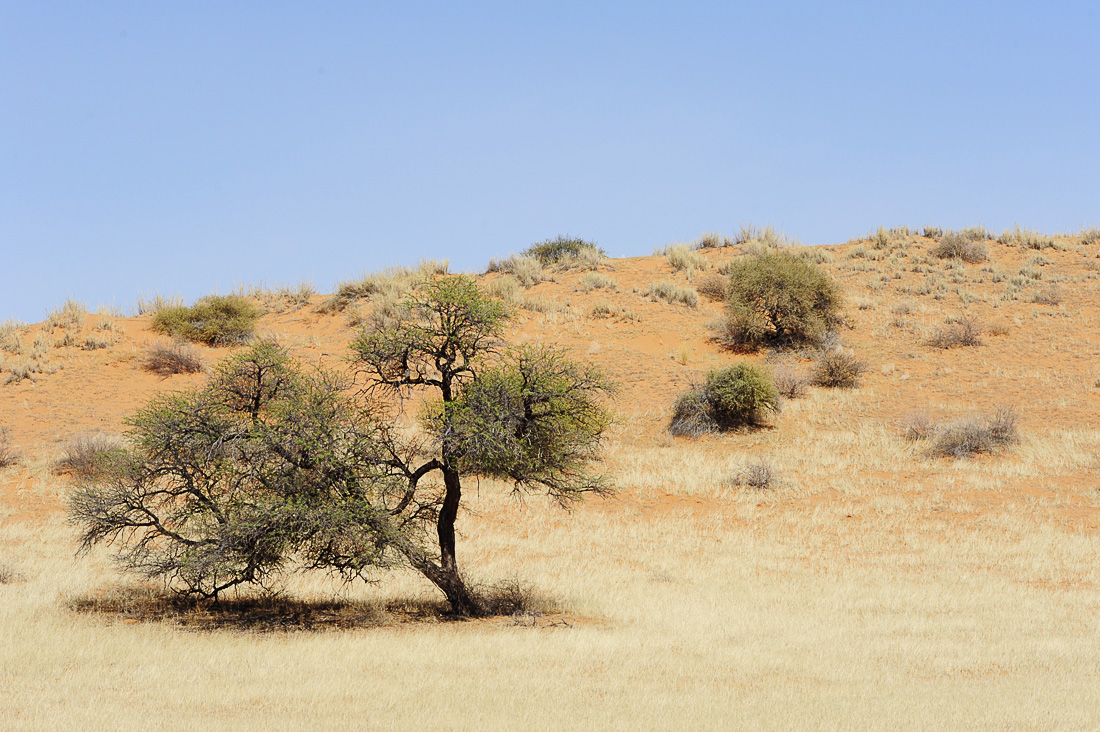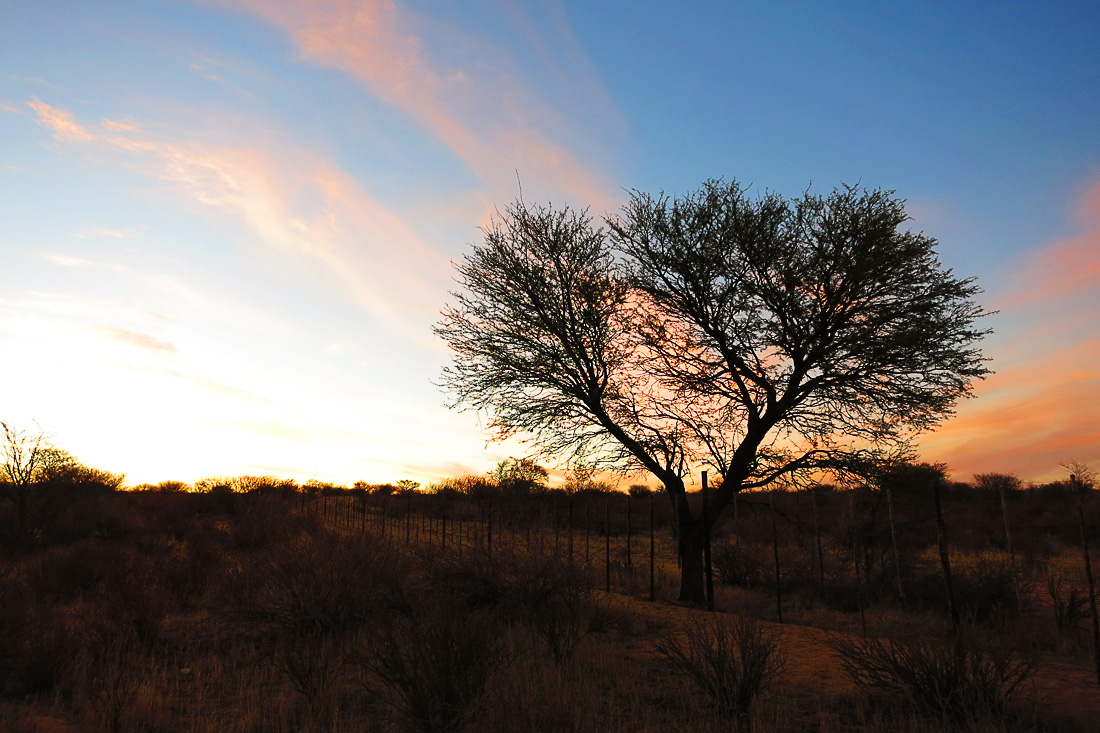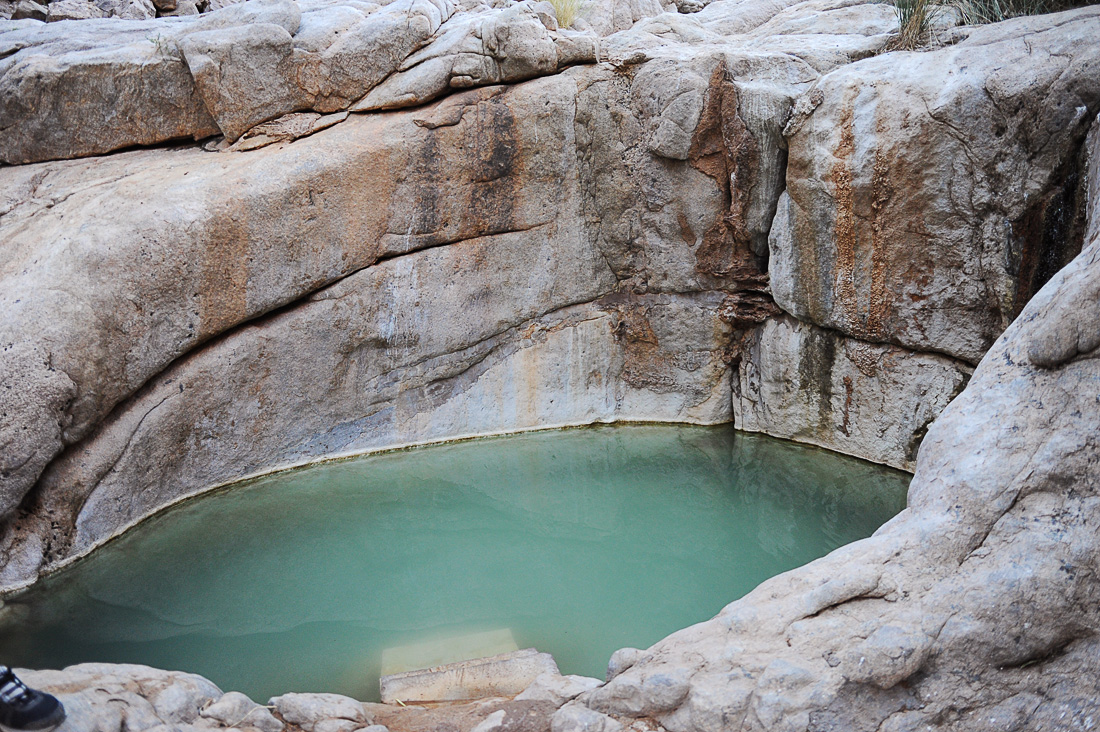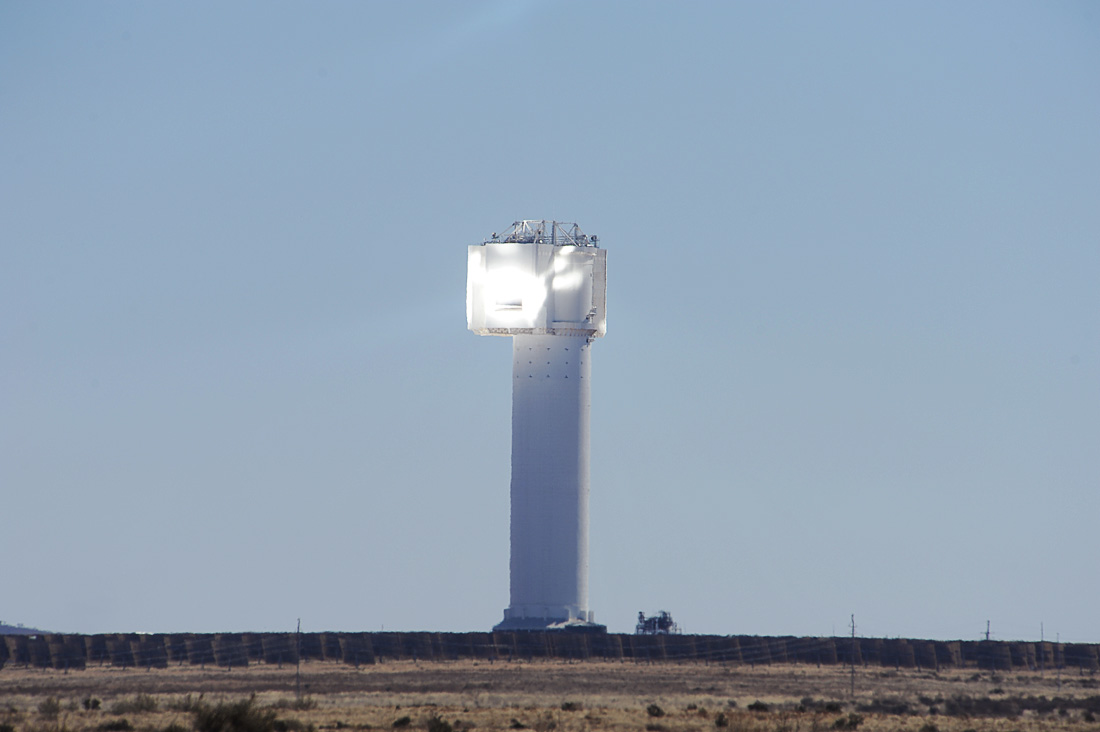Northern Cape
When we were choosing the destination for our next trip, we only knew one thing: we’re going on a safari. And we want to plan our own safari. And then we started searching for a perfect destination. Kenya, Uganda, Tanzania... then something kept dragging us to the south and the decision was made – South Africa. Why?
Because it offered everything for the lowest price. The plane ticket to Johannesburg was under 400€, renting a car cost us under 1500€ (which sounds a lot but other offers were around 5000€) and camping is also cheap. Everyone has heard that South Africa is one of the most developed countries on the black continent – they also call it African Switzerland. That’s why we also added two smaller countries in our travelling schedule.
Lesotho and
Swaziland, which are more wild and more African. In South Africa, we avoided the most touristic points and chose the remote, but beautiful places. And we ended up on a wonderful adventure, a one month trip in southern Africa.
It was the end of September when we flew to South Africa and picked up a Ford Ranger in Johannesburg, at the airport. We made a giant circle around South Africa in three weeks. We don’t like big touristic places so we decided to switch the typical coastal tour from Johannesburg to Cape Town for something different – a tour in the centre of the country. We also switched the famous safari park Kruger for a less known park Kgalagadi. And I want to tell you something about the park.
Safari park Kgalagadi
Kgalagadi Transfrontier Park is located on the north west of South Africa, right by the border with Namibia. As the name Transfortier says, the park goes over the border to Botswana. Geographical park lies in Kalahari desert, which impacts the landscape and the animals that live there. Kgalagadi park has a rainy and dry season. In time of drought, the landscape is brown, you can see the orange dunes and the animals are located around the artificial watering holes. Did you not like that we said artificial? We didn’t like it either, but this part of the world is so dry that life wouldn’t exist if there were no artificial watering holes. It’s true that two rivers run through the park but most of the time they are just river-beds, which have water only on heavy rain, which happens every 10 years or so. In the raining season, the landscape is completely different. There is grass, the trees are green and the orange dunes are covered in plants. If you glance at it, it looks like a meadow in Slovenia, only lion’s presence reminds you that you’re actually in Africa.
But there aren’t many days like that, most of the time the land is dry. Because the quantity of water is so low, fighting for survival is tough and only the strongest survive. Animals, which need a lot of water like elephants, hippos, crocodiles and they don’t live here. Kgalagadi is perfect for observing predators, big cats like lions, cheetahs, leopards, even caracals live here; you can also see hyenas, jackals and birds like vultures, eagles and falcons. Of course these animals need food so antelopes, gazelles, giraffes and smaller rodents live here as well. There is plenty of animals despite the drought and they are easy to see and observe because of the lack of vegetation. Two animals became significant for this park. Oryx antelope or gemsbok and meerkats or suricates. It is truly something special to see these or other animals in the nature, in their natural environment.
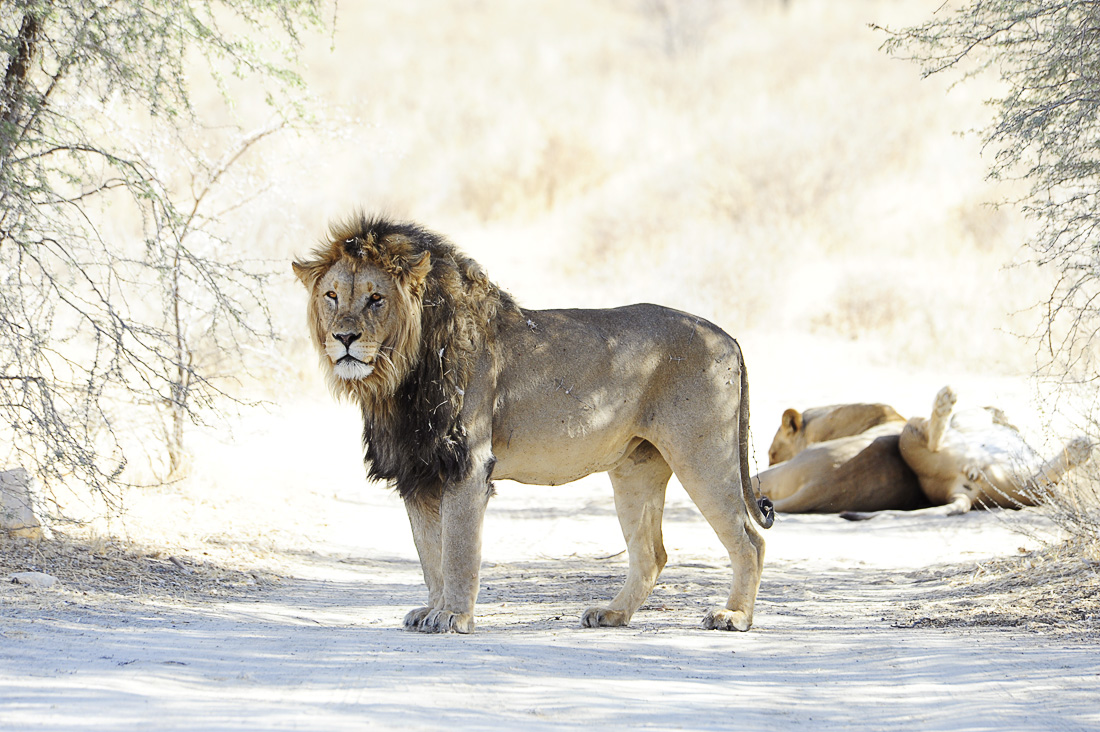
Why are we raving about this park? Because it’s huge. Its surface is two times bigger than Slovenia. It isn’t full of tourists, it’s calm and even though it’s a park, so human hand has impacted it, it doesn’t show that it did. You have a feeling that you’re alone in the wilderness. There’s no phone signal, every camp turns off the electricity (if they have it) and you can watch the starry night in peace and listen to the animals’ sounds. Seeing this park is so special that it’s hard to describe. You can believe us that it is simply amazing and that we’re thinking of visiting it again.
Riemvasmaak Gorge
In Northern Cape, so on north-western part of the country, we visited Riemvasmaak Gorge, which is home to monkeys, scorpions, and we also discovered some thermal springs. It may seem funny to you that we were looking forward to bathing in warm thermal water, but remember geography. We learned that the temperature in the desert goes down, close to 0 degrees. We can confirm that. Tough the day, it was almost 40 degrees Celsius and at night, we were freezing in our tents and dressed ourselves in everything we had. Bathing in hot thermal water warmed our freezing bones.
Sunny power plants in Uppington
Near Uppington city we discovered another interesting thing: solar power stations. There are so many solar panels in the flatlands, which transfer sun rays in a joint solar collector – a tower in the middle of the flatlands. The solar power is converted into electrical power, which is then sent to the nearby towns and villages. It’s extremely interesting.
Augrabies Falls
Augrabies Falls are very famous in this part of the country but were so small when we visited the attraction that they’re not worth mentioning. But at the end of the raining season, so in time of spring for us, they are one of the mightiest falls. Oranje river falls over tectonic fault 56 metres deep, which is not so high but these falls have four times more water than Niagara falls so they must be amazing.
Our path in South Africa has only begun with visiting North Cape. We continued our path in the country
Lesotho, which we wrote about in another article. We also visited KwaZulu-Natal province,
Swaziland and Cape Town.
